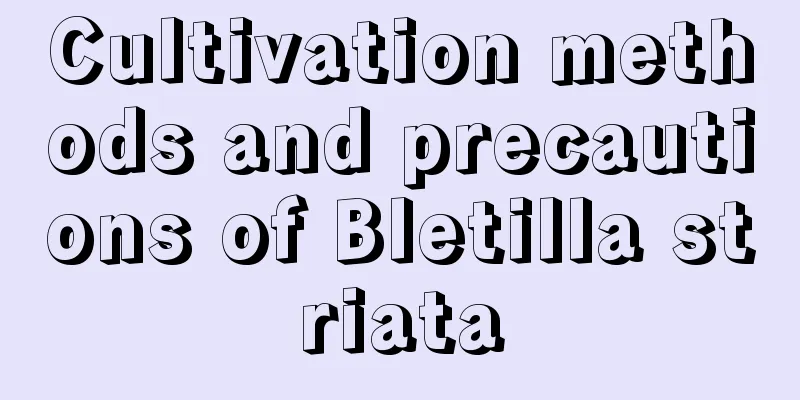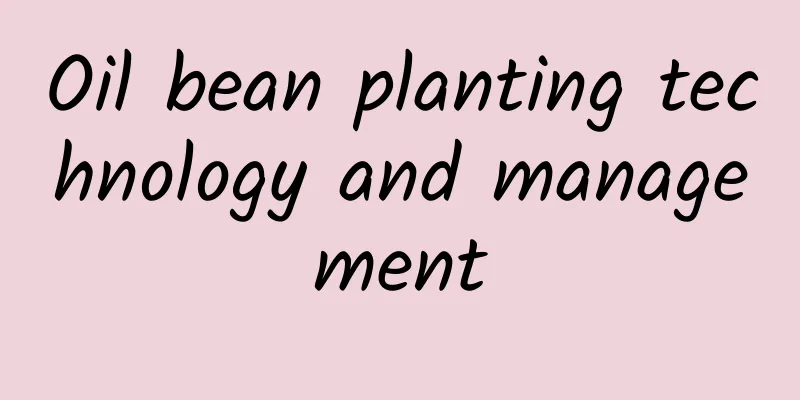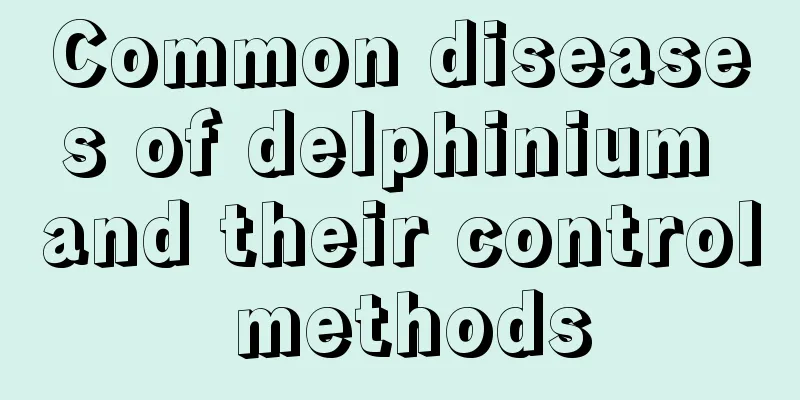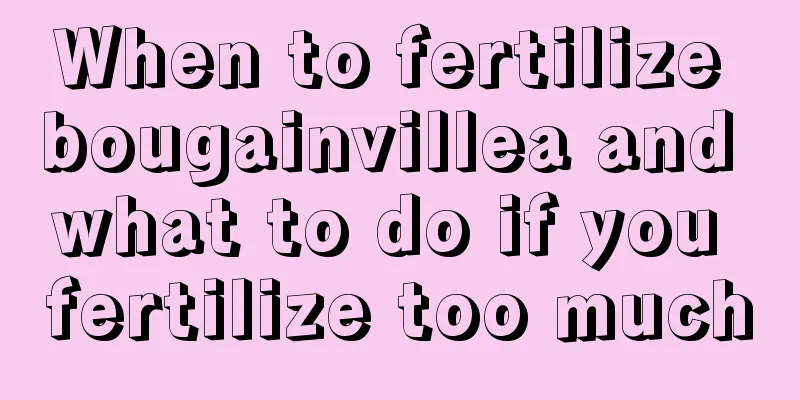Cultivation methods and precautions of Bletilla striata

How to cultivate Bletilla striatasoilFor potted Bletilla striata, you can choose moist soil with good air permeability, looseness, fertility and rich in humus. When potting, you can first fill some broken tiles at the bottom of the pot, then add leaf mold or garden soil mixed with some river sand, and apply some base fertilizer. Light and temperatureBletilla striata likes a warm growing environment, is cold-resistant and shade-tolerant but avoids strong light. When cultivating Bletilla striata, the suitable growth temperature should be kept at around 20℃. High temperatures in summer will easily cause yellowing of leaves, and the best overwintering temperature in winter is 5℃-10℃. Bletilla striata prefers a semi-shaded growing environment. In the hot summer, the light is strong, so it is necessary to pay attention to shading and keep it in a semi-shaded place. Watering and fertilizingBletilla striata likes a humid living environment and is relatively fond of fertilizer. There must be sufficient water and fertilizer during the growth period. The soil should be kept moist and the air humidity should be kept at a high level. Water should be applied frequently during the growing season and water should be replenished in time during droughts. However, because Bletilla striata is not tolerant to waterlogging, it needs to be drained in time when it rains heavily. There should be sufficient fertilizer. During the growth period, dilute fertilizer water should be applied once every half a month, and slightly more concentrated liquid fertilizer should be applied in August and September. Things to note when breeding Bletilla striataReproduction methodBletilla striata is usually propagated by tuber propagation. Dig out the Bletilla striata and cut it into several pieces with a knife, each with 1-2 small buds. It can also be propagated by seeds, but sowing is more difficult, so tuber propagation is more common. Pests and diseasesBletilla striata has fewer diseases and pests. The only disease it suffers is root rot, which is mostly caused by waterlogging. Pay attention to drainage. The pests are mainly cutworms and wireworms, which can be killed manually or by trapping, and pesticides can be sprayed when necessary. |
<<: What are the shade-tolerant flowers?
>>: The breeding methods and precautions of Huang Weng
Recommend
How to water jasmine in spring
1. Watering time Spring is the time when plants b...
Can bougainvillea be pruned in summer? What season is best for pruning?
The growth rate of bougainvillea is relatively fa...
What kind of pot is good for growing green radish
1. Style 1. Large basin It is best to use a large...
In which month does Clivia produce arrows?
1. Which month should I draw an arrow? Generally ...
How to propagate rosemary by cuttings
Rosemary can be propagated by cuttings, but rosem...
What flowers are suitable for growing in Dandong? What are the city flowers and trees?
1. Climate characteristics of Dandong Dandong has...
The value of Daxuesu
Ornamental value The ornamental value of Daxuesu ...
Can honeysuckle survive the winter outdoors in the north? How to survive the winter outdoors in the north
1. Can you survive the winter outdoors in the nor...
How long is the growth cycle of licorice?
Introduction to Licorice Growth Artificially cult...
Does Osmanthus fragrans prefer shade or sun?
Does Osmanthus fragrans prefer shade or sun? Osma...
Bury a quail egg at the bottom of the pot, and the flower will grow strong and vigorous and grow like crazy!
Bury quail eggs at the bottom of the pot, and the...
The breeding method of the genus Pleurotus
1. Lighting When growing a genus Pleurotus eryngi...
Don’t pour out the waste oil from the range hood. Bury a spoonful of it next to the flower pot and the flower will bloom in one month!
Use waste oil from range hood to grow flowers, an...
What should I do if the leaves of Christmas cactus become soft and wilted?
Root rot Is the area where the roots meet the soi...
What fertilizer is good for white palm
Overview of fertilization of white palm Spathiphy...









